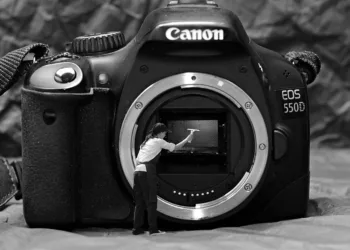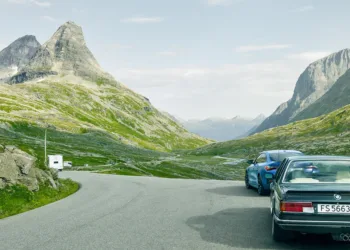Since its arrival on Mars in 2012, the Curiosity rover has journeyed over 20 miles. While that distance may seem modest, it’s significant for a rover that moves at painstakingly slow speeds, often slower than a garden snail. Recently, Curiosity reached the limit of its exploration in an area known as Gediz Vallis, where it has been investigating for the past year. Before continuing to new locations, Curiosity captured a series of stunning images of the landscape, showcased in a beautiful panorama from NASA:
The panorama highlights notable features, including the planned path for Curiosity as it exits the channel and the tracks indicating its previous route. In the background, you can spot the rim of Gale Crater, the larger area Curiosity is studying, along with Pinnacle Ridge, a geological formation resulting from debris accumulation that scientists are investigating further.
The two hills flanking the channel are named Texoli Butte and Kukenán Butte. Their steep inclines and flat tops present excellent opportunities for researchers to examine the different geological layers that make up the Martian surface.

Another intriguing aspect identified in the panorama is a collection of white sulfur stones. These unusual formations were first recorded by Curiosity earlier this year and remain somewhat enigmatic. While aerial images displayed the area as a pale landscape, closer inspection revealed the presence of distinct white stones scattered across the ground.
These sulfur stones provided an unexpected surprise: when Curiosity drove over one and crushed it, the inside was revealed to be yellow. Composed entirely of sulfur, the origin and formation process of these stones remain unclear. “We examined the sulfur field from various perspectives—top and side—and sought any additional materials that might provide insights into its formation. We’ve gathered substantial data, presenting us with an exciting puzzle to solve,” stated Ashwin Vasavada, the project scientist for Curiosity at NASA’s Jet Propulsion Laboratory.









